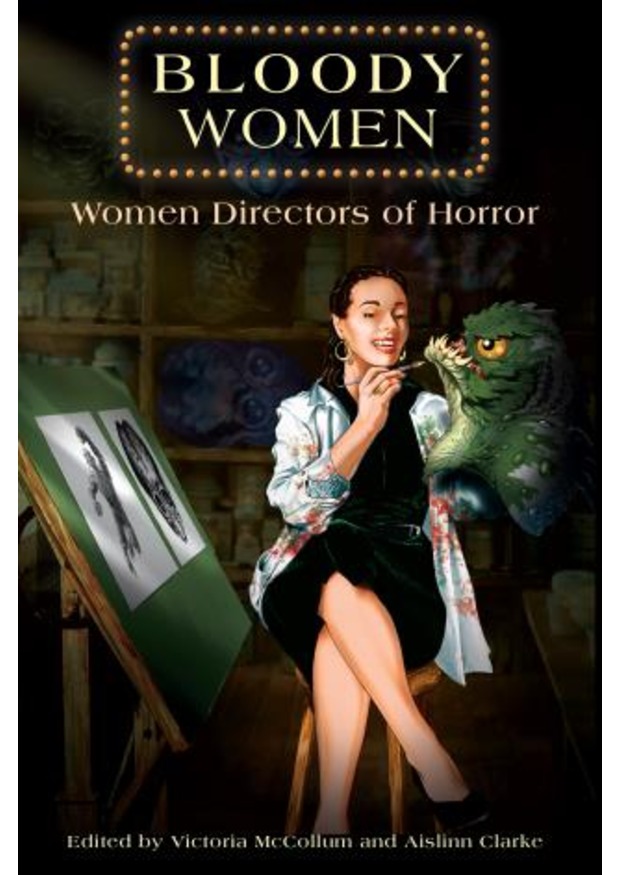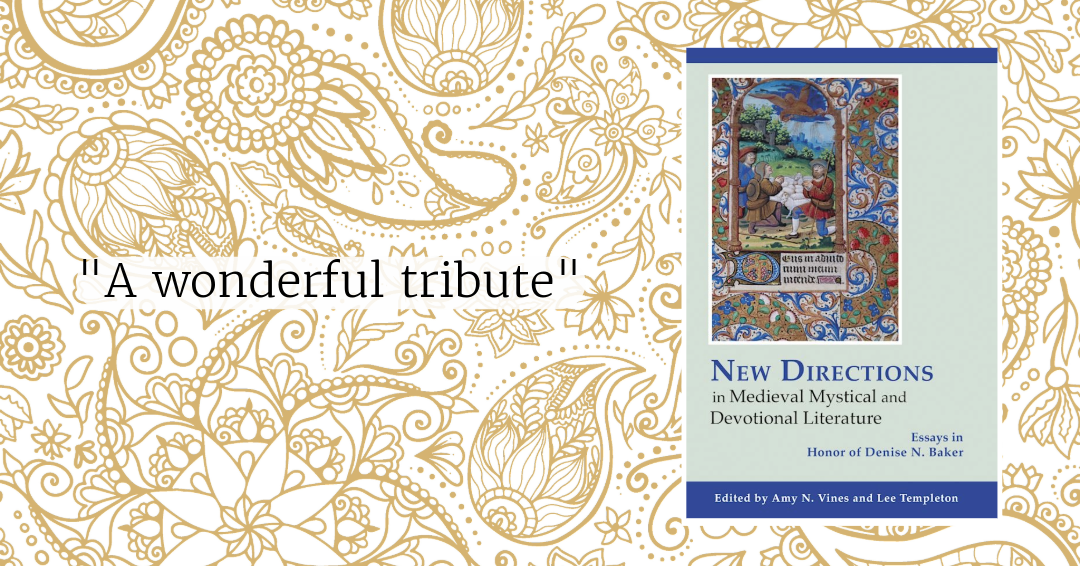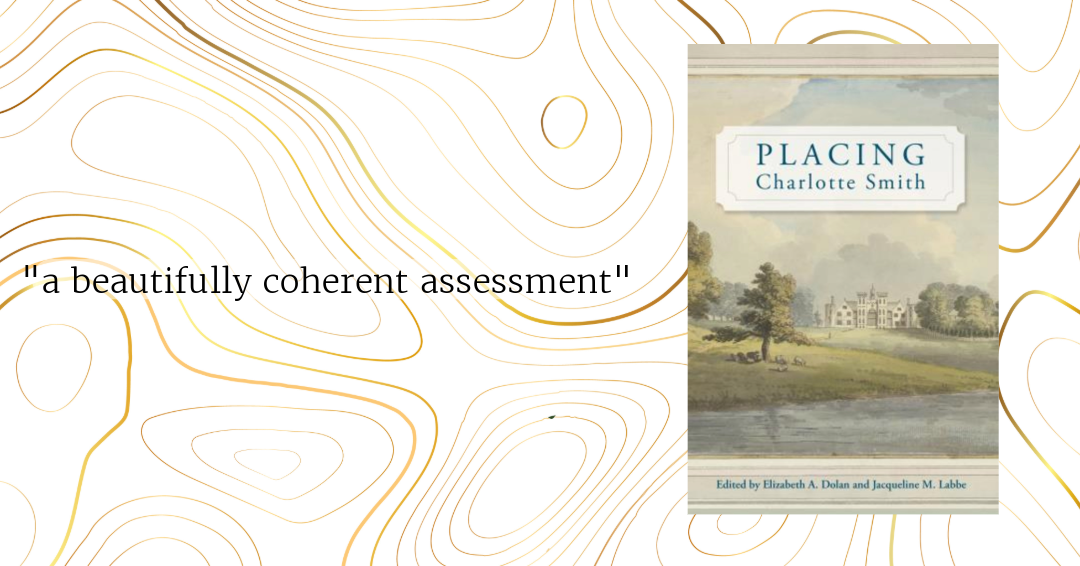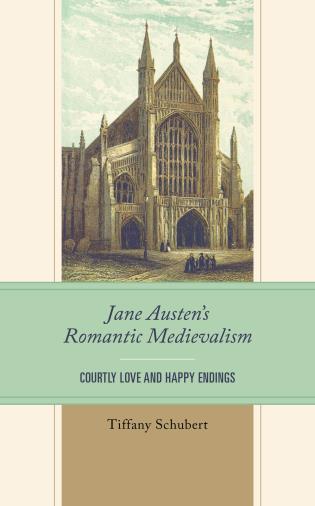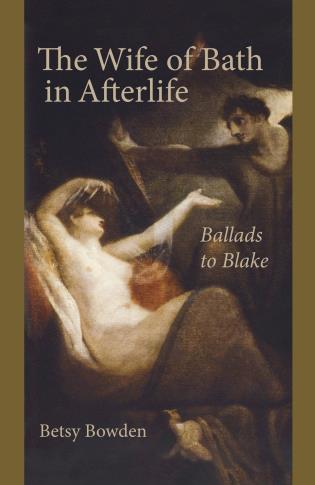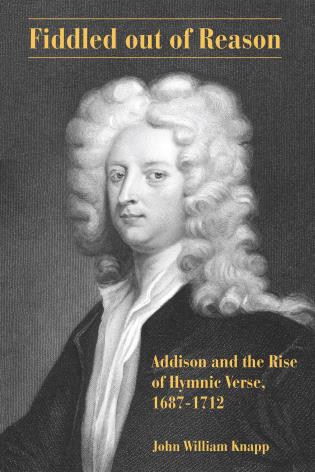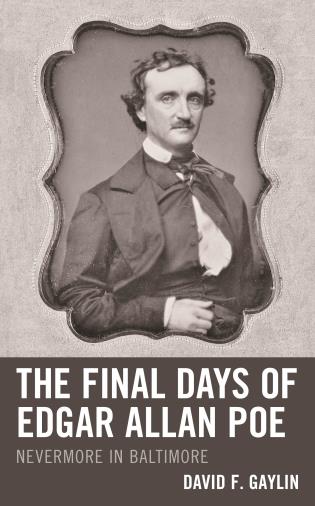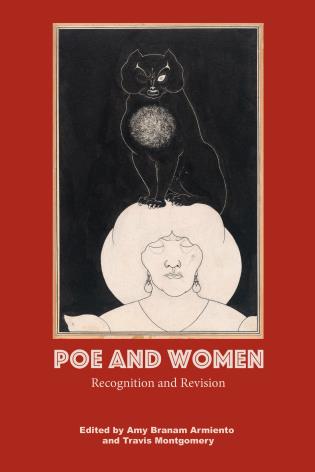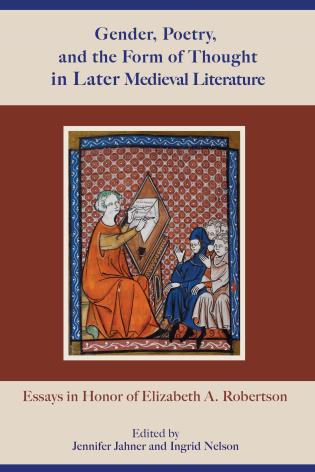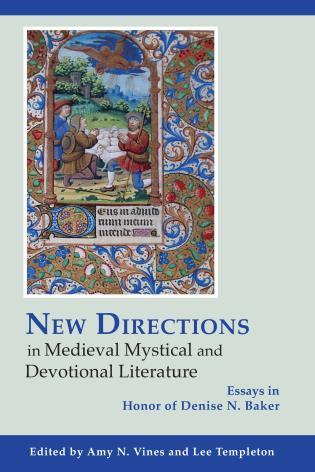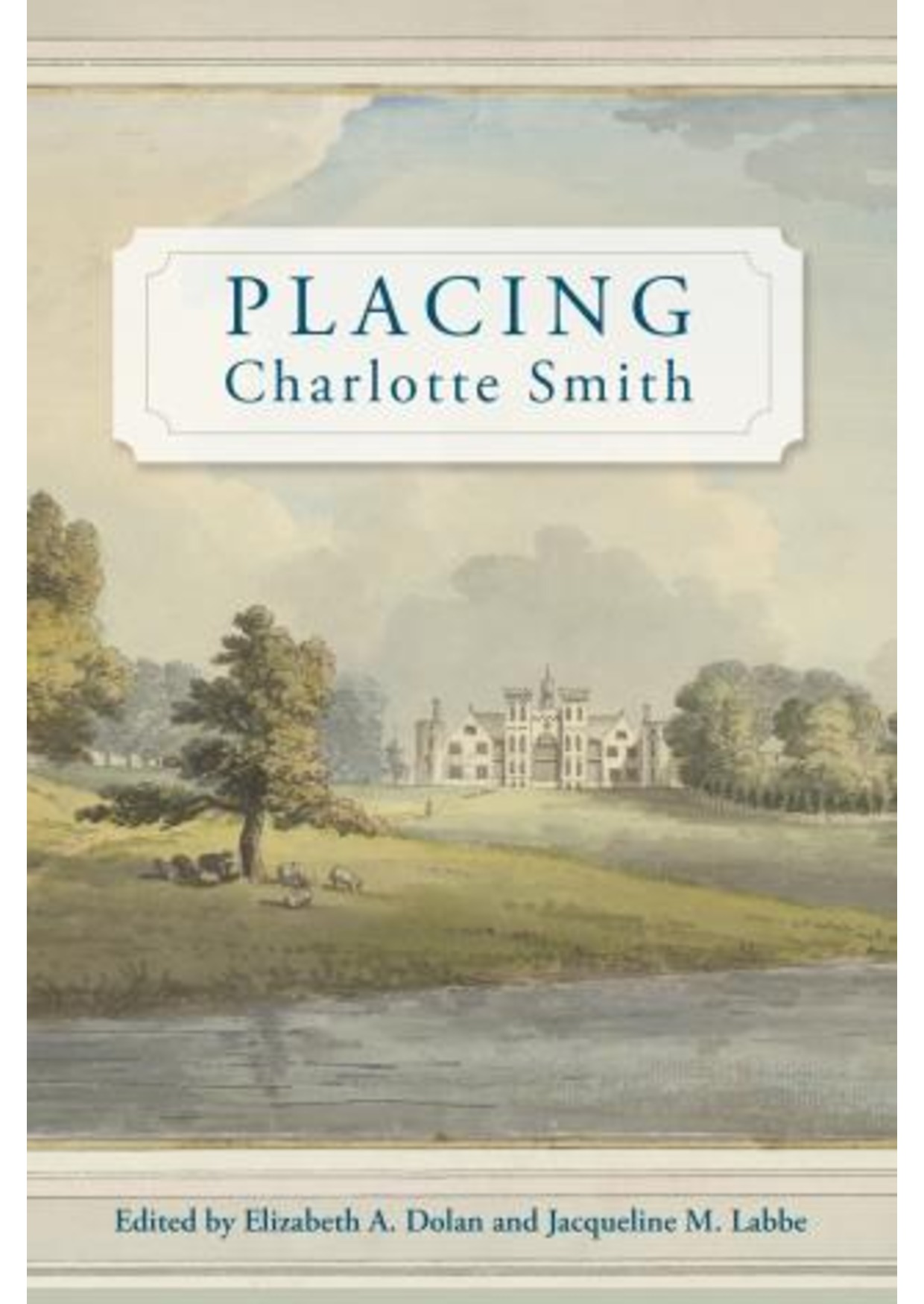Women Directors of Horror
Bloody Women traces changing gender dynamics in the horror film industry to explore how women have played a crucial role in defining the genre of horror understood as a scholarly discipline, cultural institution, and site of pleasure. While acknowledging that women in the industry face ongoing challenges, this book focuses on their diverse contributions as creators, consumers, and critics of horror, showing how women have been essential in shaping the goals and methods of the genre. Aimed at both scholarly and general readers, the chapters bring together the expertise of filmmakers, festival programmers, and scholars to argue that women have effected a reimagining of horror. To this end, the volume considers a range of historical and theoretical issues relevant to gender and the genre of horror, broadly conceived. The collection explores, for example, female-directed horror films as a distinctive enterprise, one that is potentially marked by unique cinematic techniques and topical concerns. The book also moves into a more public domain, probing how the cultural experience of horror is transformed when the genre’s major festivals and conventions are developed and directed by women. Together, these essays offer a wide-ranging investigation into the stakes of women’s growing prominence in the horror industry. Most centrally, Bloody Women analyzes how the ethics, investments, and objectives of the genre shift when women deploy horror for their own enjoyment.
Review:
Bloody Women combines irreverence, an encyclopedic knowledge of film and the filmmaker’s craft, scholarly acuity, and a sense of humor. The contributors have buried the misogynistic stereotype of the horror genre. More than just another academic reading of pop culture, Clarke and McCollum have offered a gift to fans and a love letter to the women who shaped the genre.
— W. Scott Poole, Department of History, College of Charleston
Bloody Women offers a timely and critical intervention in Horror Cinema Studies, considering horror cinema made by women, horror cinema watched by women, and female representation in horror cinema. McCollum and Clarke have skillfully framed the discussion and drawn together a diverse range of authors (theorists, historians, practitioners) and topics. This is a must-read volume for scholars, students and fans alike.
— Liz Greene, Faculty, Liverpool Screen School, Liverpool John Moores University
